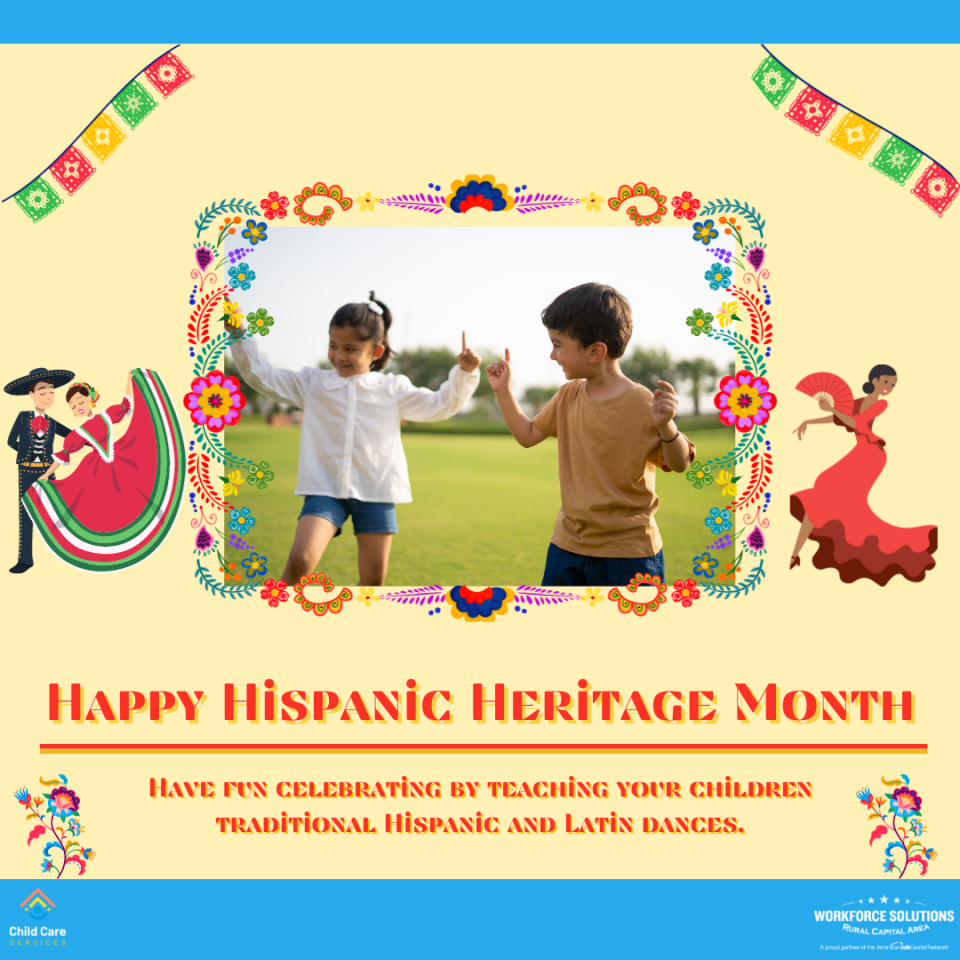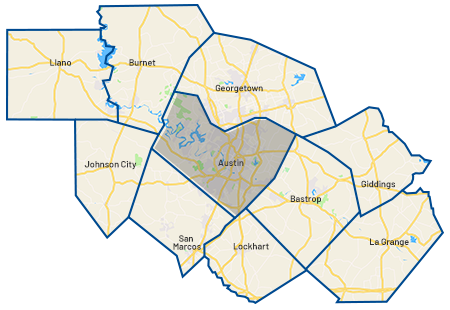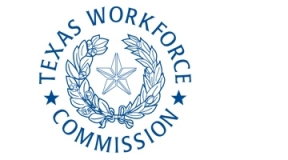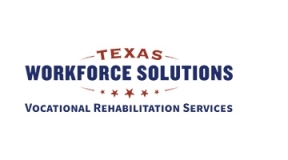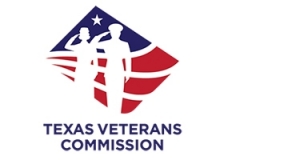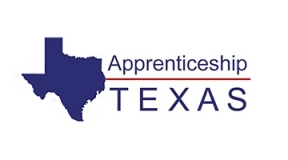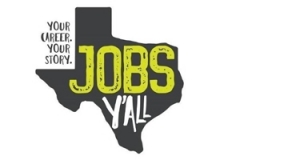Hispanic Heritage Month - Celebrate by Teaching Your Children About Hispanic and Latin Dances
One of the most vibrant and expressive aspects of Hispanic culture is dance. Dance is a way of celebrating, communicating and expressing emotions, values and traditions. Workforce Solutions Rural Capital Area wants to reflect on Hispanic dance and its importance to our communities' richness of Hispanic heritage. Dancing is not only a joyful expression of culture but also a fantastic way to teach kids about diversity, history, and the power of movement.
Hispanic dance is incredibly diverse, reflecting the wide range of cultures and regions within the Hispanic and Latino communities. From the fiery footwork of Flamenco in Spain to the graceful ballet folkloric of Mexico and the sultry rhythms of the salsa in the Caribbean, there’s a dance style for every taste. Teaching your children about this diversity can be fun and an educational experience.
Let’s explore more about these dances and where they came from. Originating from the Andalusian region of Spain, Flamenco is known for its passionate, intricate footwork and emotional storytelling. Encourage your kids to stomp their feet to the beat and learn about this art form's history and cultural significance.
The second dance is ballet folkloric, Mexico’s ballet traditional indigenous dance with Spanish influence. It’s a colorful and lively style that often features elaborate customs. Share the stories behind the dances with your children and explore the various regional variations.
Thirdly, we have the salsa, a fusion of Afro-Cuban and Latin jazz. This dance is known for its energetic partner dancing. Teach your children some basic salsa steps and let them feel the rhythm of the music.
The next dance is the tango, hailing from Argentina. The tango is a sultry and passionate dance that tells stories of love and longing. Explore the history of this iconic dance style and its influence on popular culture.
Last but not least, Bomba and Plena are another form of dance. These Puerto Rican dances are deeply rooted in African and Spanish traditions. Lively percussions and call-and-response singing characterize them. Have fun researching these dances' history and cultural significance with your children.
Undoubtedly, teaching your kids about Hispanic dancing fosters cultural appreciation and respect. It helps them understand the beauty and significance of traditions worldwide.
It’s also important to note that exploring Hispanic dance forms can lead to discussion about the history and geography of Hispanic countries. It’s an opportunity for your children to learn about the origins and evolution of these dances.
In addition, Hispanic dancing often plays a central role in community events and celebrations. Teaching your children about these dances can help them understand the importance of community and cultural identity.
Moreover, Hispanic Heritage Month is a wonderful opportunity to introduce your children to the vibrant world of Hispanic dancing, whether it’s the passion of Flamenco, the elegance of Ballet Folkloric, or the energy of salsa. There’s a dance style that can captivate any child’s imagination.
By exploring these dance forms together, you’ll not only celebrate the diversity of Hispanic culture but also create lasting memories and a deeper understanding of the world around them.
So, put on some music, move to the rhythm and let the dance of Hispanic heritage become part of your family’s celebration.
TOPICS: Child Care Services


